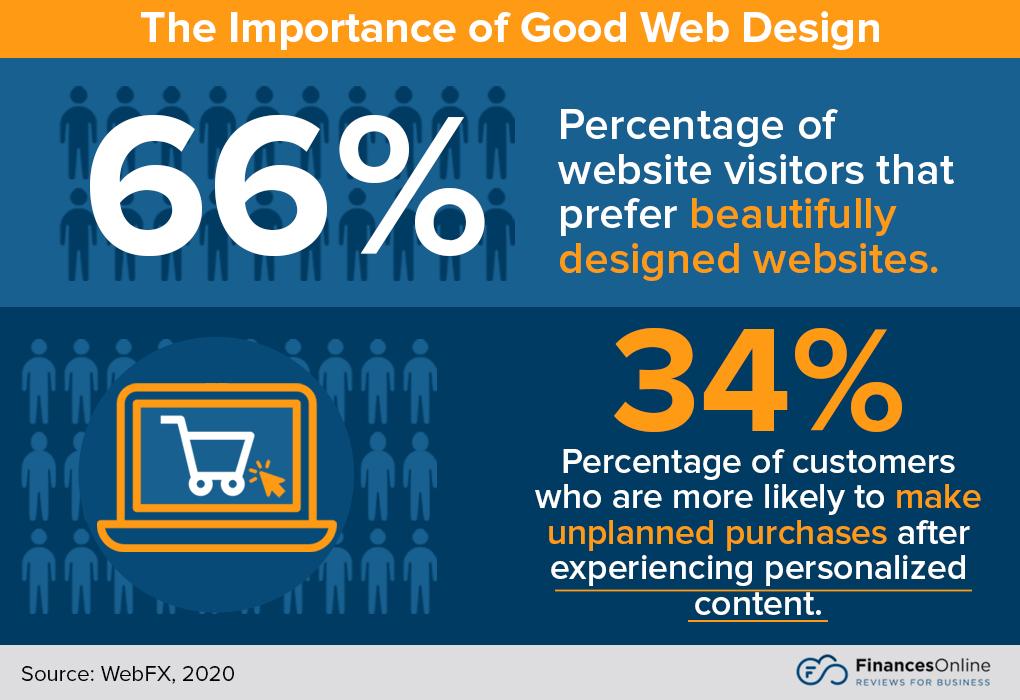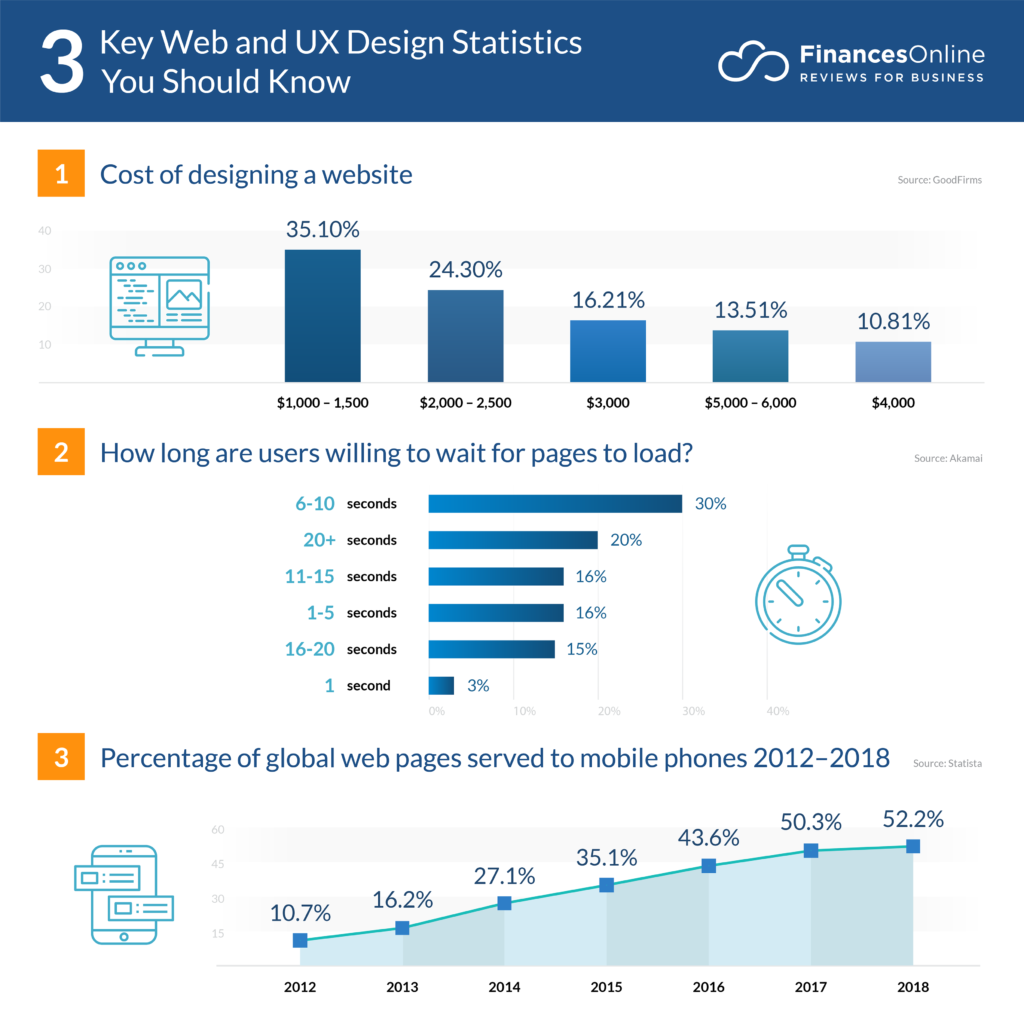
The Significance of Quality Websites
- First Impression Matters: A retail website serves as the digital storefront and is often the initial point of contact with potential customers. A visually appealing, user-friendly interface creates a positive first impression, influencing consumer trust and engagement.
- Enhanced User Experience (UX): A well-optimized website provides seamless navigation, intuitive design, and mobile responsiveness, fostering a positive user experience crucial for retaining visitors and driving conversions.
- Trust and Credibility: High-quality websites instill trust and credibility in consumers’ minds. Professional design, secure payment gateways, and transparent policies contribute to building trust and encouraging purchase decisions.
Impact on Online Sales and Results
- Increased Conversion Rates: Optimized websites with clear call-to-actions, compelling product descriptions, and easy checkout processes contribute to higher conversion rates, translating visitors into customers.
- Search Engine Visibility: Well-structured and SEO-optimized websites rank higher on search engine result pages (SERPs), driving organic traffic and enhancing visibility among potential customers.
- Marketing Amplification: Quality websites serve as a robust foundation for digital marketing efforts. Integration with social media, email campaigns, and content marketing amplifies brand visibility and drives traffic.
Consequences of Neglecting Website Quality
- Poor User Experience: Cluttered layouts, slow loading times, and navigation difficulties result in high bounce rates, deterring potential customers and diminishing sales opportunities.
- Lost Sales Opportunities: A poorly optimized website with subpar functionality often leads to abandoned shopping carts and lost sales, impacting revenue generation.
- Negative Brand Perception: An outdated or unprofessional website reflects poorly on the brand, potentially undermining credibility and causing customers to seek alternatives.
Quality retail websites serve as indispensable assets, playing a pivotal role in driving online sales and yielding positive results for businesses. An optimized, user-centric website enhances customer engagement, fosters trust, and significantly contributes to increased conversions and revenue generation. Conversely, neglecting website quality can lead to missed opportunities, diminished sales, and a negative impact on brand perception. In the competitive realm of e-commerce, investing in a well-designed, optimized, and marketed website isn’t just an option—it’s a prerequisite for retailers aiming to thrive, grow, and stand out in the digital marketplace. By prioritizing website quality, retailers position themselves to capitalize on the vast potential of the online retail landscape and maximize their success.
Key facts and statistics about the US retail industry:
General Retail Statistics
- Total Retail Sales: In the United States, total retail sales amounted to approximately $5.6 trillion in 2020, according to the U.S. Census Bureau.
- Retail Employment: The retail sector is a significant employer, providing jobs for over 15.7 million individuals across the country.
- Contribution to GDP: Retail contributes significantly to the US Gross Domestic Product (GDP), accounting for over 5% of the total GDP.
- Number of Retail Establishments: As of 2021, there were about 1 million retail establishments in the US, ranging from small boutique stores to large chain outlets.
Online Retail (E-commerce) Statistics
- E-commerce Sales Growth: Online retail has seen consistent growth, reaching $933.3 billion in sales in 2021, marking a significant increase from previous years, as reported by Statista.
- E-commerce Market Share: E-commerce sales accounted for approximately 16.1% of total retail sales in 2021, indicating a steady increase in online shopping’s prevalence among consumers.
- Mobile Commerce (M-commerce): Mobile commerce continues to rise, with a projected increase in mobile retail sales to $488.9 billion by 2024, highlighting the growing reliance on smartphones for shopping purposes.
Impact of COVID-19 on Retail
- Shift to Online Shopping: The COVID-19 pandemic accelerated the shift towards online shopping. According to Adobe Analytics, online spending surged by 32.4% in 2020 as consumers sought contactless shopping experiences.
- Store Closures and Adaptation: The pandemic led to thousands of store closures, forcing traditional retailers to adapt by bolstering their online presence and implementing curbside pickup options and contactless deliveries.
Consumer Behavior and Trends
- Preference for Convenience and Personalization: Consumers increasingly value convenience and personalized shopping experiences, driving the demand for fast shipping, easy returns, and tailored recommendations.
- Omnichannel Shopping: The trend towards omnichannel shopping is rising, where consumers expect a seamless experience across various channels, including online, mobile, and physical stores.
- Rise of Direct-to-Consumer (DTC) Brands: Direct-to-consumer brands are gaining traction, leveraging digital marketing and social media to directly engage with consumers, disrupting traditional retail models.
The US retail industry is dynamic, with a continuous shift towards online retail driven by evolving consumer preferences and technological advancements. The impact of the COVID-19 pandemic has accelerated this transformation, emphasizing the importance of a robust online presence and adaptability for retailers to thrive in this evolving landscape. As consumer behavior evolves and technology continues to shape the retail landscape, businesses must adapt and innovate to meet changing demands and stay competitive in the market. Retail websites drive online sales or not. Talk to experts through consulting services to get assistance.










